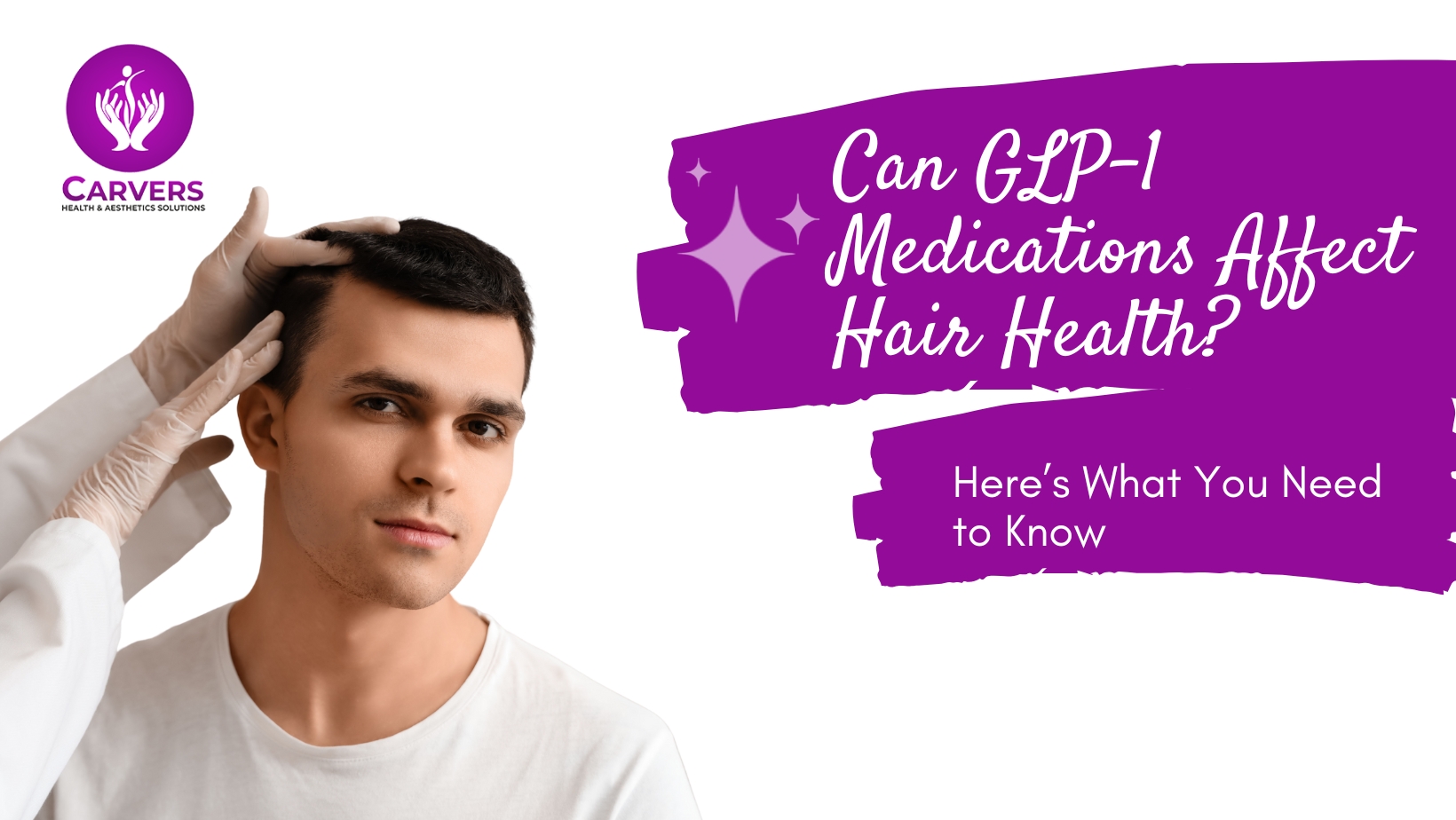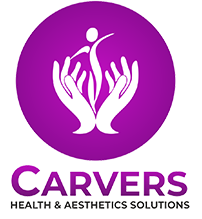
Can GLP-1 Medications Affect Hair Health? Here’s What You Need to Know
GLP-1 medications like Ozempic, Wegovy, and Saxenda have transformed the landscape of weight loss and diabetes management. By curbing appetite, regulating blood sugar, and supporting significant weight reduction, they’ve become some of the most talked-about treatments in modern healthcare.
But alongside the success stories, a surprising concern has gained attention: hair health. Many patients report increased shedding, thinning, or loss of volume after starting GLP-1 therapy. This raises an important question—are these medications directly causing hair changes, or is something else at play?
Why GLP-1 Medications May Affect Hair
While hair loss isn’t listed as a direct side effect of GLP-1 drugs, rapid physical changes triggered by these treatments can impact the hair growth cycle. Here are the most common reasons:
1.Rapid Weight Loss.
GLP-1 therapies often lead to significant, fast weight reduction. When this happens, the body may undergo a temporary condition known as telogen effluvium—a type of hair shedding that occurs when hair prematurely shifts into the “resting phase.”
- Symptoms: diffuse thinning, more strands falling out in the shower or on the pillow.
- Outlook: usually temporary, improving as the body stabilizes after weight loss.
2.Nutritional Deficiencies.
Sudden calorie restriction or reduced appetite can mean the body isn’t getting enough protein, iron, zinc, vitamin D, or B vitamins—all essential for strong, healthy hair. When nutrients are limited, the body prioritizes vital organs over hair follicles, often leading to shedding or slower growth.
3.Hormonal Shifts.
By improving insulin sensitivity and affecting appetite-regulating hormones, GLP-1 drugs indirectly influence hormonal balance. These shifts can temporarily disrupt the natural growth cycle of hair follicles, resulting in more shedding.
4.Pre-Existing Health Conditions
Many individuals prescribed GLP-1 medications already live with diabetes, thyroid disorders, or metabolic conditions—all of which are known contributors to hair loss. In these cases, hair thinning may be tied more to the underlying health issue than the drug itself.
First-Line Solutions for Managing Hair Shedding
The encouraging news is that most hair changes linked to GLP-1 therapy are not permanent. Early, non-invasive solutions can help support hair recovery and prevent further thinning.
1. Nutritional Support
Ensuring a balanced diet rich in lean proteins, leafy greens, nuts, seeds, and fortified foods helps restore the nutrients your hair needs. Supplements containing biotin, zinc, and vitamin D may also be beneficial, but only under medical guidance.
2. Stress Management
Stress amplifies hair shedding. Practices like yoga, meditation, or mindful breathing can reduce the impact of both physical and emotional stressors on hair health.
3. Gentle Hair Care
Switching to mild shampoos, reducing heat styling, and avoiding tight hairstyles minimizes breakage and helps protect fragile strands during recovery.
4. Medical Consultation
Dermatologists may prescribe topical treatments like minoxidil or recommend scalp therapies to encourage regrowth and shorten the shedding phase.
Advanced Treatments for Long-Term Hair Health
For those experiencing persistent or more noticeable thinning, advanced therapies provide targeted, longer-lasting improvements. These treatments work at the follicular and cellular levels to restore growth and resilience.
1. PRP (Platelet-Rich Plasma) Therapy
PRP uses growth factors from your own blood to stimulate dormant hair follicles, improving thickness and density over time.
2. Exosome Therapy
A regenerative approach that promotes cellular repair and follicle rejuvenation, enhancing both hair quality and scalp health.
3. Low-Level Laser Therapy (LLLT)
Laser caps or in-clinic devices use light energy to increase blood flow to the scalp and activate hair follicles, supporting stronger regrowth.
4. Microneedling with Growth Factors
This minimally invasive treatment creates micro-channels in the scalp, allowing serums or growth factors to deeply penetrate and kickstart new hair growth.These therapies, especially when combined with lifestyle adjustments and nutritional optimization, offer a comprehensive strategy to restore hair health while continuing the benefits of GLP-1 treatment.
While GLP-1 medications themselves don’t directly cause hair loss, the rapid weight loss, nutritional shifts, and hormonal changes they trigger can contribute to temporary shedding or thinning. The positive news is that with the right balance of diet, lifestyle adjustments, and advanced treatments, hair health can be restored—and in most cases, improved.
If you’re navigating these changes, remember that you don’t need to choose between better health and confident hair. With expert care and modern solutions, it’s possible to achieve both.
For advanced, personalized hair restoration solutions, Carvers offers cutting-edge treatments designed to protect, repair, and rejuvenate hair naturally—helping you look and feel your best at every stage of your wellness journey.
